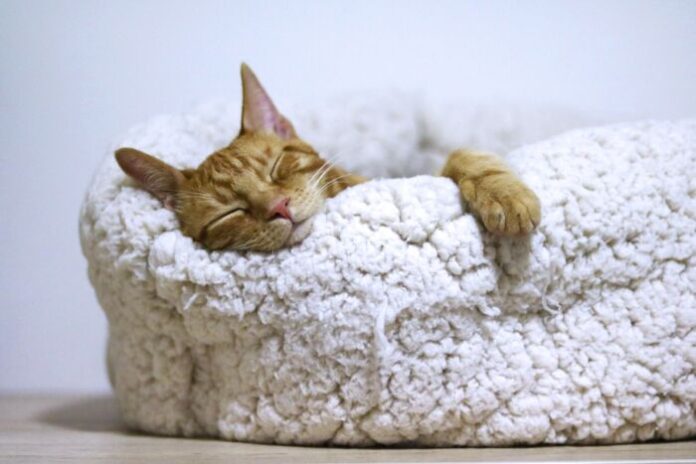
Disposing of the contents of the cat litter box is essential to ensure proper separate collection. For this reason, anyone who has a cat has asked himself at least once: where should I throw the litter box? The answer is: it depends on the type of material the sand is made of.
Let’s start with the data: in Italy eight million cats have been registered, of which over one and a half million (1.6 million) use litter. Each cat requires an average of 220 kg of sand per year, which means that, in Italy alone, more than 350 thousand tons of litter reach waste treatment plants every year.This is because 95% of the cat litter currently present on the market are of mineral origin, and this poses serious disposal problems and high costs for the community.
The litter can be of different types and this changes a lot about the disposal of the litter, which can end up undifferentiated or organic depending on the material it is made of.
We could throw the needs of our cat in the organic or even in the toilet but, unless it is natural litter, it is advisable to put everything in the bags, which we will then go to the appropriate container for the collection of the differentiated product. The sand, in fact, sticks to our cat’s needs and throwing it in the wet is unwise, especially when it comes to artificial litter.
The silicon litter should definitely be thrown into the unsorted bin. It is an excellent product for absorbing odors and lasts a long time, but it is not clumping and the pee remains all in the bottom, forming a yellow layer on the bottom that is not very hygienic.

The same goes for the bentonite litter, one of the most common. Although it is made of clay, it is not biodegradable and cannot be given in the wet, as it does not decompose. It is however possible to throw in the faeces in the toilet.
Alongside artificial or mineral bedding, there are also those made of natural materials. These are ecological and biodegradable bedding made of materials such as sawdust, shavings, natural sand, straw. If the cat litter consists of one of these elements, the contents of the box can be disposed of together with the wet, or even directly in the bathroom, but be careful not to overdo the quantities so as not to clog the drain. However, our advice is to throw the residues in the appropriate separate waste bin
The best choice in environmental terms is vegetable litter, generally composed of waste from the processing of corn, barley or other food products, which can be safely thrown into the toilet or compost or used as a fertilizer on the vegetable garden or garden.

From the point of view of sustainability but also of practicality, the recommended choice is that of vegetable litter which minimizes the environmental impact and effort for cleaning. Being this type of clumping sand, it is easy to clean even several times a day and when the levels are lowered just add more sand. The cleaning of the bin can be done safely every 60 days, with a considerable saving of waste.
And to remedy the problem of odors in the house, just dust a layer of baking soda on the surface of the sand, so that it neutralizes them.
In any case, when you buy the litter box for your cat, we always advise you to read carefully on the package if it is a biodegradable litter box or not, if it is throwable or not in the wet and if it can be thrown in the toilet or even in the home garden. The more natural the product, the easier it is to dispose of it with lower costs for the environment.



































